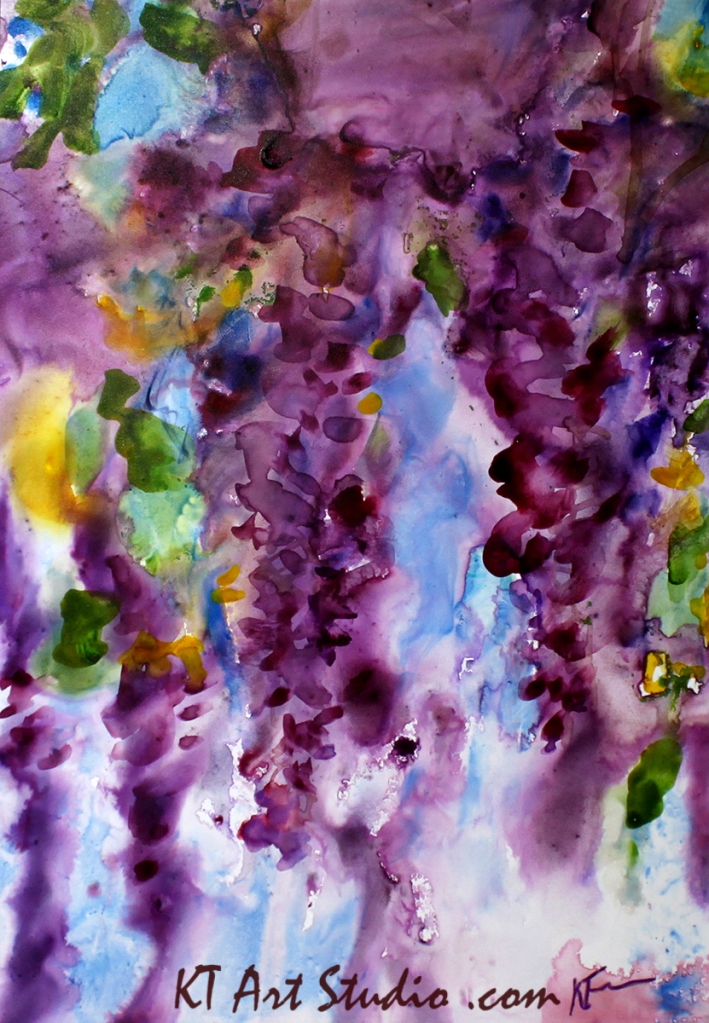I know a lot of my fellow artists are using their time to take classes, improve their techniques and hone their skills. I decided to join their ranks and take a class. I thought about some different classes I might enjoy, but remembered how important it is to push yourself outside your comfort zone. So I rejected all the usual classes that I would find easy and decided to take an online college class with SVA (School of Visual Arts in NYC). This class I’m currently taking is on drawing techniques used by the surrealist painters. The class is geared for all levels (although there are a lot of MFA’s in my class!). The professor, Peter Hristoff, is an award winning artist who immigrated to New York from Istanbul, Turkey. Not only is he a skilled teacher, but I also find him inspirational and a wealth of artistic information.
The structure of the class includes one-minute, two-minute and three-minute timed drawings along with literal and imaginative drawing prompts. Students produce anywhere between 30-50 drawings in each 2-hour session. Students get to share their best pieces with the group and in the final class.
I’m finding there is nothing that brings me to stick-figures faster than a 1-minute timed drawing with word prompts like: democracy, justice, silence, honor, unity, war. Drawing prompts that were simple, such as animals, material items, etc. those were not too hard to think about and draw. The more complex the word, the longer it took me to think about how I would represent the word. I found out pretty quickly that I’m not a fast thinker.
After the second class, I was pretty discouraged with my horrible stick-figures. I didn’t think I could go on. To make matters worse, I spotted a post on social media by a dear friend. She was taking a class and posting the most fabulous paintings she was creating in her class.
Heading to the studio for the third class, I thought of how I really have to leave my ego at the door. I kept an open mind and lowered my standards for myself. I took a deep breath and sat down to my paper. After that class, I was pleasantly surprised by how much I enjoyed the drawing that night. I suppose the change of attitude was a good thing for me. As I relaxed, I started to feel as if the ideas and images were coming to me a little easier.
As the classes continued, students were encouraged to mix their pictures up, adding images wherever they wanted. We were given some artist’s names to look up between classes for examples of modern surrealist style art. I’ve definitely learned a lot! I still do some stick-figures in the shortest timed prompts but once or twice an evening I make something that might have some potential.
My last class will be next week and now I don’t want it to end. By leaving my ego at the door, I’ve accepted my own limitations and can embrace my absurd creativity without judging (at least not too much). I know this has been a good thing for me to experience.
Have you ever taken on a challenging class? How did things work out? I’d love to hear your experiences.
To learn more about SVA: https://sva.edu/
* * *















